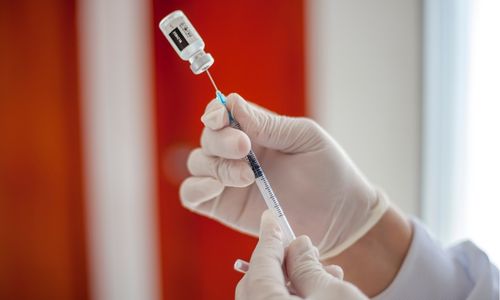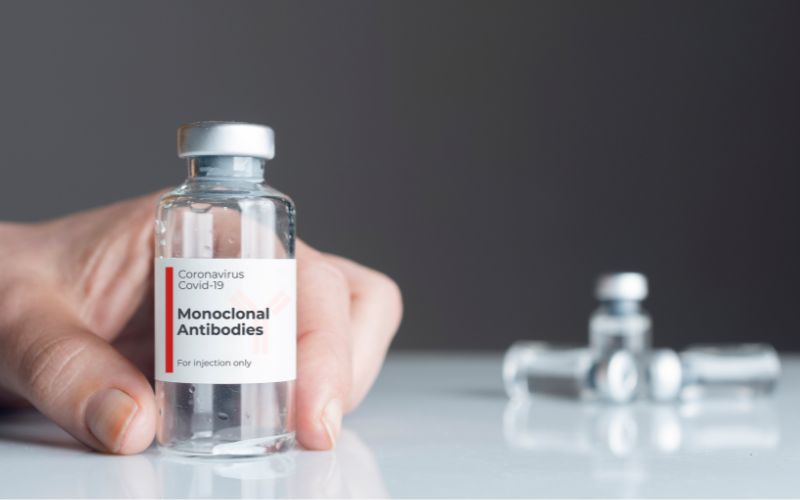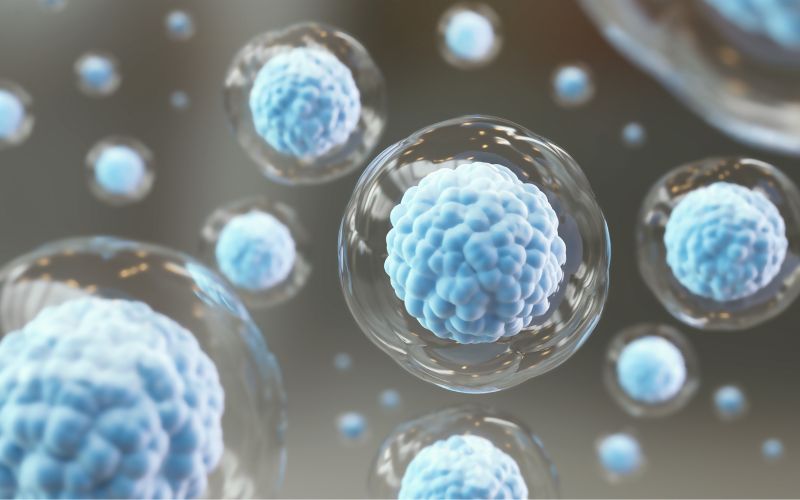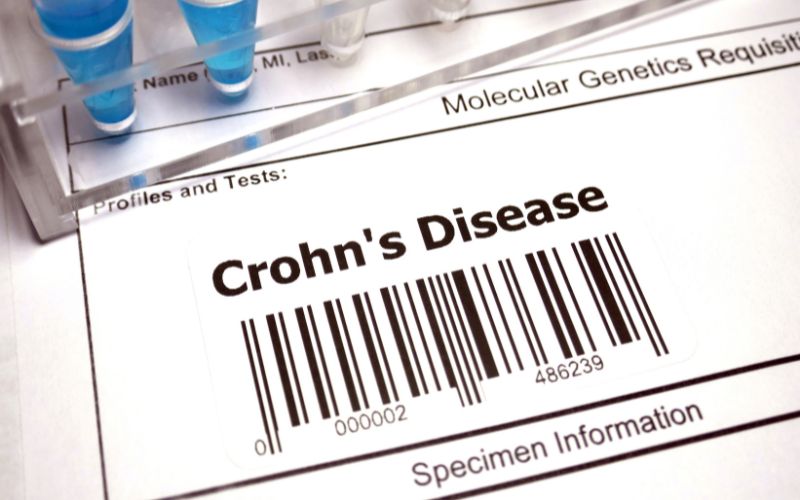A whole new class of drugs, known as biological therapy, has been introduced because of concerns over antibiotic resistance and the reduced efficacy of other known drugs in most diseases.
Biological therapy, also known as biotherapy or immunotherapy, is a type of medical treatment that uses living organisms, substances derived from living organisms, or laboratory-made versions of such substances to treat or prevent disease. This mode of therapy either augments our immune system or depresses its function. This modularity of working action allows biological therapy to be employed in diseases, especially those with no exogenous source. Diseases like auto-immune disorders, cancers and inflammatory conditions are becoming rapidly manageable, and even treatable.
Examples of biological therapies include monoclonal antibodies, vaccines, and cell-based therapies.
Contents
Types of Biological Treatments
Different types of biological treatments are available that target different areas and niches of our immune system. This has allowed us to cater to diseases with minute changes in protein structures.
Vaccines
 Vaccines are, without a doubt, one of the most popular types of biological therapy. Using active immunity as the basis of their working mechanism, vaccines are used to prevent diseases from happening.
Vaccines are, without a doubt, one of the most popular types of biological therapy. Using active immunity as the basis of their working mechanism, vaccines are used to prevent diseases from happening.
Vaccines are made from weakened, dead or even alive micro-organisms which trigger our immune system into producing their own antibodies against that particular disease.
Examples of the eradication of polio and measles are quite well known.
Monoclonal Antibodies
These antibodies are proteins that are manufactured in a laboratory. These are the ones that are developed recently and work by binding to specific proteins or receptors on the surface of cells. Once bound, antibodies can trigger a variety of responses in the body, depending on the type of antibody and the condition being treated. They can either kill cancer cells, repress their growth, depress new vessel formation for cancer cells etc.
Recombinant Proteins
Recombinant proteins are a vast group of proteins that mimic the actions of endogenous proteins that control our immune system. These proteins include interferons, interleukins, TNF inhibitors, and immune checkpoint inhibitors.
-
Interferons: They are especially indicated in viral infections, which do not respond to antibodies. They are proteins that inhibit the growth of viruses inside our bodies. By binding to cellular receptors, they stop the replication and genesis of viral proteins.

-
Interleukins, other than those used to treat cancer, are indicated in inflammatory diseases and infections. Interleukins also bind to cellular receptors which in turn activate or reduce the immune system’s response to a stimulus. This working mechanism also makes them a suitable choice for autoimmune disorders.
-
Tissue Necrosis Factor (TNF) inhibitors, as their name indicates, block the function of tissue necrosis factor. Tissue necrosis factor is involved in the events leading up to inflammation and cell death. By disrupting its functions, TNF blockers make an ideal choice for inflammatory conditions.
-
Immune Checkpoint Inhibitors target proteins on the surface of cancer cells that help them evade the immune system. Thus, the immune system is able to attack and destroy these cells. This innovative therapy is useful for treating cancers with a tendency to relapse.
Cell-based Therapies
These therapies involve the use of living cells to treat or prevent disease. There are several different types of cell-based therapies, each with its working mechanism and indications.
-
Stem cell therapy: This type of therapy uses stem cells, which are immature cells that can develop into different types of cells in the body. Stem cells can be obtained from the patient’s own body (autologous) or a donor (allogenic). Stem cells can be used to repair or replace damaged or diseased cells in conditions such as heart disease, diabetes, and injuries.
-
T-cell therapy: This type of therapy uses T cells (a type of white blood cell) that have been genetically modified to recognize and attack cancer cells. T-cell therapy can be used to treat cancer, particularly blood cancers such as leukemia and lymphoma.
-
CAR-T cell therapy: Chimeric Antigen Receptor (CAR) T-cell therapy is a form of immunotherapy that involves removing T cells from a patient’s blood, genetically engineering them to produce a CAR and then infusing them back into the patient. CAR-T cells can recognize and kill cancer cells.
-
Dendritic cell therapy: Dendritic cells are a type of immune cell that plays a key role in activating the immune system. Dendritic cell therapy involves removing dendritic cells from a patient’s blood, loading them with tumor antigens and then infusing them back into the patient. The goal is to stimulate an immune response against cancer cells.
Clinical Usage of Biological Treatment
Biological therapy is the future of medical treatment as most of them are considered biologically safe due to their derivation from a natural source and capability to mimic natural compounds. This has allowed their usage in every disease including inflammatory diseases like Crohn’s disease and ulcerative colitis and has replaced NSAIDs and other anti-inflammatory drugs.
They also have replaced steroids as the drug of choice in the treatment of autoimmune disorders such as rheumatoid arthritis, psoriasis, etc. Most importantly, they have helped improve the survival rates of cancer patients. Targeting cancers ranging from melanoma to renal cell carcinoma, their specificity has made them desirable as the main drug in the regimen.
Drug of Choice
With a broad variety of options available, the selection of the right drug is critical. Several factors contribute to the final decision. The type of condition is the first factor to be considered. For example, a patient with rheumatoid arthritis would be treated with a different biological therapy than a patient with cancer. Other factors include the patient’s history, probable side effects of the drug and the cost and availability of the drug.
Mode of Administration
Just like other drugs, biological therapies are available in all modes of administration to account for their mode of action and ease of use for outpatients.
-
Infusion: Many biological therapies are administered by intravenous infusion, which means they are injected into a vein using a needle and a tube. Infusions can be given in a hospital or clinic setting and can take anywhere from a few minutes to several hours, depending on the therapy and the dose.
-
Subcutaneous injection: Some biological therapies are given as subcutaneous injections, which means they are injected just under the skin using a small needle and syringe. These injections are usually given at home by the patient or a caregiver.

-
Intramuscular injection: Some biological therapies are given as intramuscular injections, which means they are injected into a muscle using a needle and syringe.
-
Oral: Some biological therapies are taken as a pill or tablet. These are usually taken by mouth.
-
Topical: Some biological therapies are applied to the skin as a cream, ointment, or lotion.
Monitoring
Monitoring biological therapies is important to check for progress, side effects and any complications that may arise during the use of biological therapy and can be done in the following ways:
-
Clinical exams: Regular physical exams are conducted to check for signs of improvement or side effects.
-
Laboratory tests: Blood and urine tests are used to monitor the levels of the drug in the patient’s body and to check for any potential side effects.
-
Imaging tests: Imaging tests such as X-rays, CT scans, and MRIs can be used to monitor the progression of the patient’s condition and to detect any potential side effects.
-
Patient-reported outcomes: Patients may be asked to report their symptoms, pain levels, and overall quality of life to monitor the effects of therapy.
-
Adverse event monitoring: The healthcare provider will monitor the patient for any adverse events (AE) related to the therapy, and report them to the regulatory agency.
Risk and Side Effects
Every intervention in the human body comes with a set of pros and cons. A patient’s history, medical record, and concurrent drugs can increase the risk of interaction and complications.
Biological side effects of biological therapy may include:
Infusion reactions: These can occur during or immediately after an infusion of biological therapy. Symptoms can include fever, chills, hives, and shortness of breath.
Infections: Biological therapies can suppress the immune system, which makes patients more susceptible to infections.
Autoimmune disorders: Some biological therapies can increase the risk of developing autoimmune disorders, such as Lupus or rheumatoid arthritis.
Cancer: Some biological therapies can increase the risk of developing certain types of cancer, such as lymphoma or skin cancer.
Others: Depending on the type of therapy, other side effects may include fatigue, nausea, headaches, skin rashes, and more.
Conclusion
Biological therapy is the new dawn of medical treatment reform. With its specific disease nature, decreased risk of side effects and suitable working mechanisms, biological therapy has allowed us to treat previously complex diseases. Previously, diseases that could only be managed, are now showing better prognoses with multiple regimens. However, the increased cost of production and decreased availability still continue to hinder the popularity of biological therapy among the general public.







